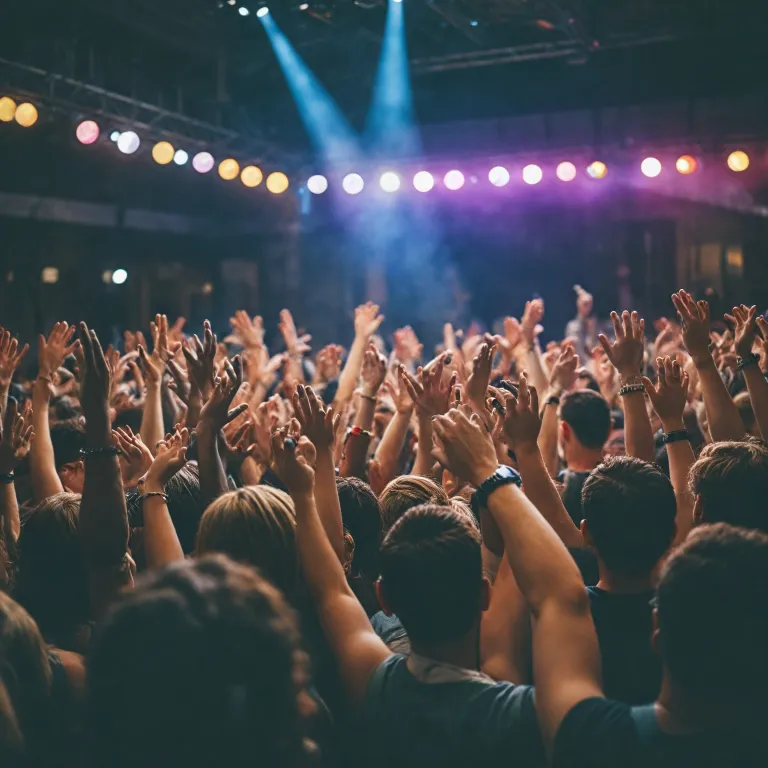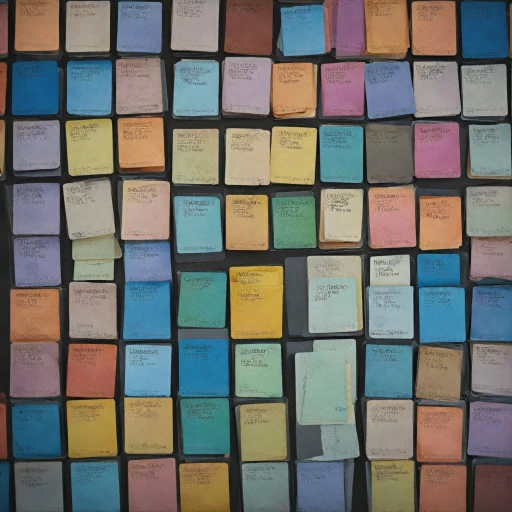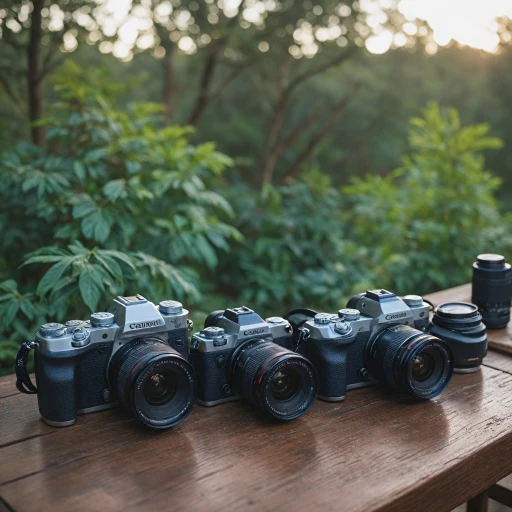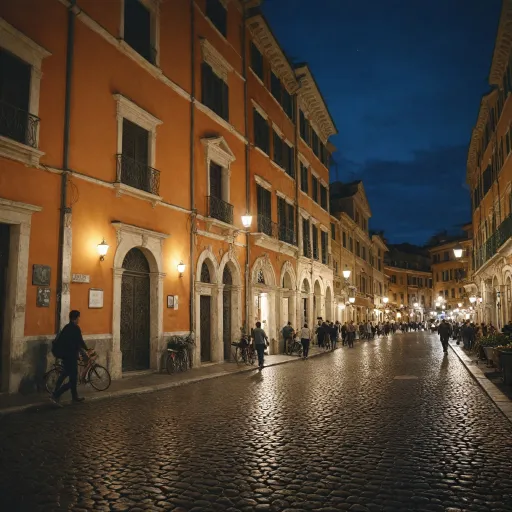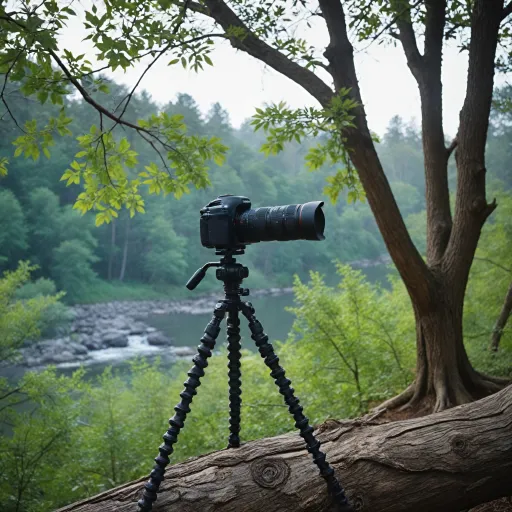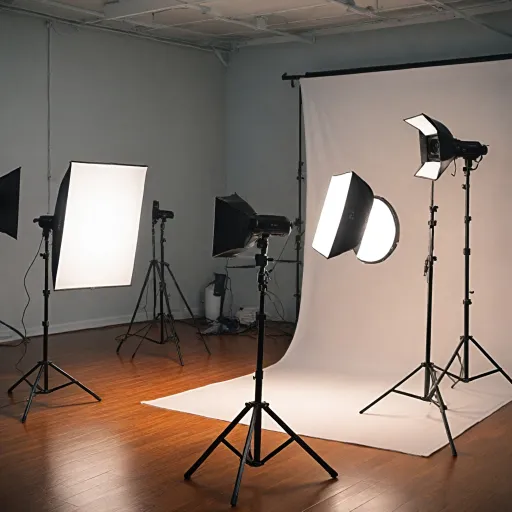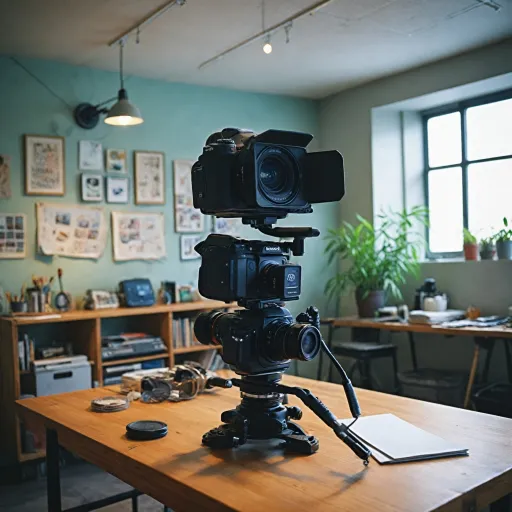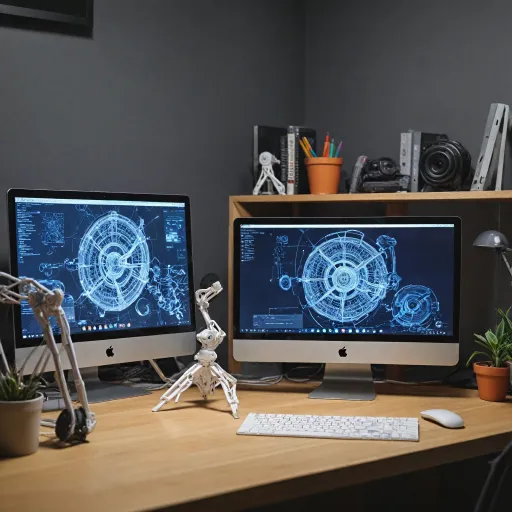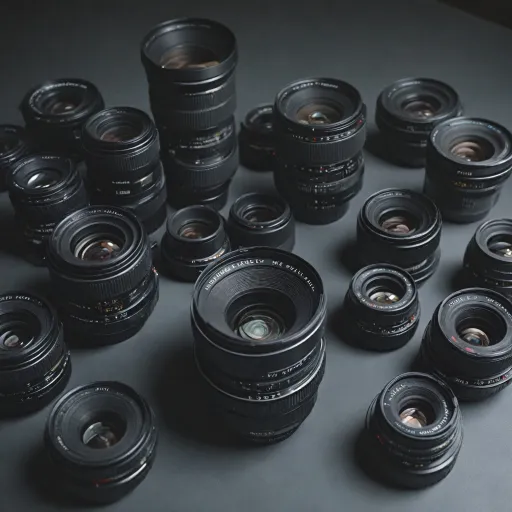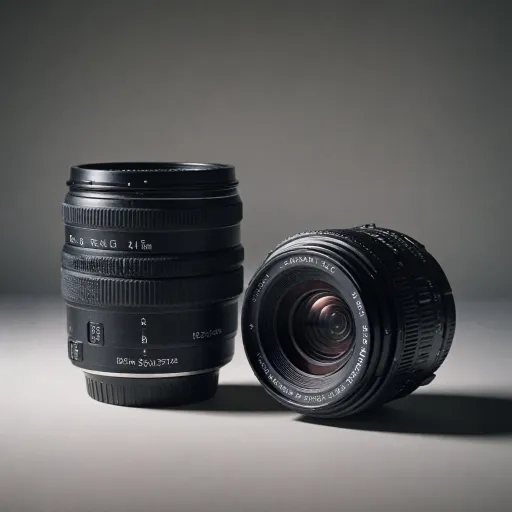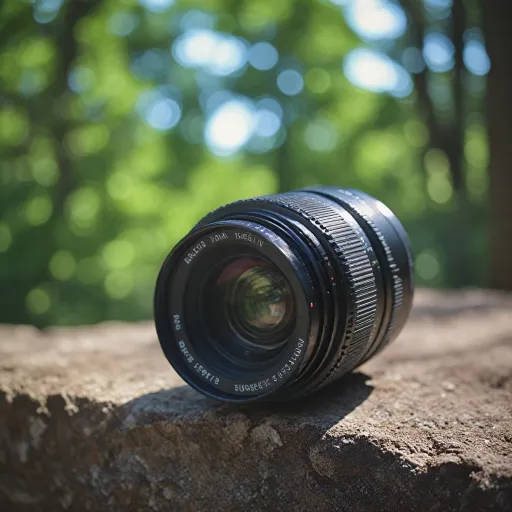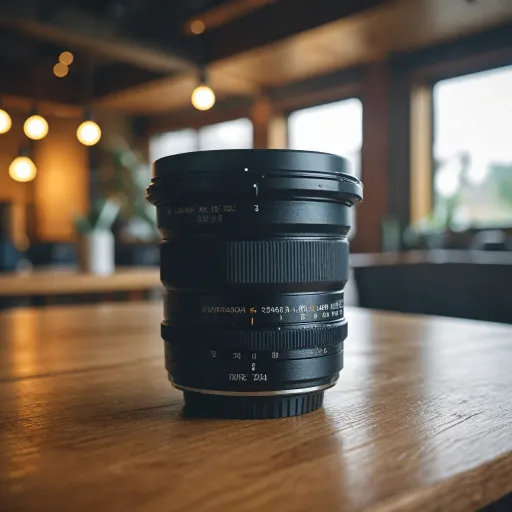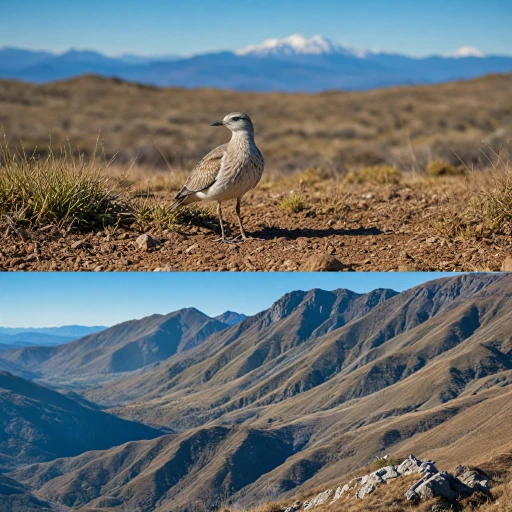
Understanding Concert Photography Challenges
Embracing the Dynamic World of Concert Photography
Concert photography stands as one of the most dynamic and challenging forms of photography. Capturing the essence of live performances amidst fluctuating lighting conditions requires both skill and a keen understanding of the optimal equipment. As music photographers, grasping these challenges is essential to excel in this niche.
One core difficulty lies in the lighting. Concerts are notorious for their dramatic and unpredictable lighting setups. From sudden bursts of intense light to moments bathed in shadow, photographers must be prepared to adapt at a moment's notice. Understanding lens capabilities, including features like wide aperture, becomes a crucial trick for managing low light situations.
Moreover, the stage environment is in constant motion. Musicians shift and move, and photographers need lenses that can swiftly capture movement without losing clarity. A fast lens with a shallow depth of field can help you freeze action while making the subject stand out against a blurred background.
When considering lenses, aspiring concert photographers often grapple with choices such as prime or zoom options, an area we'll delve into further. But what's crucial is selecting a lens that can handle the varied focal lengths and offers reliable autofocus in the heat of a live performance.
Ultimately, navigating these challenges successfully requires more than just technical prowess with the camera; it demands an informed selection of the best canon or lenses nikon suitable for the scene that can deliver impactful concert shots.
Key Features to Look for in a Lens
Features That Make a Lens Stand Out
When diving into the world of concert photography, understanding what makes a lens truly effective is pivotal. Concerts are often synonymous with challenging lighting conditions, rapid movements, and the need for quick adjustments. Therefore, selecting a lens with specific features will offer the winning solution to capturing memorable shots.- Wide Aperture: A wide aperture, such as f/2.8 or faster, is essential. It allows more light to hit the sensor, crucial for capturing clear images in low light environments typical of live music shows. This light sensitivity reduces the need for high ISO settings, which can lead to noisy images. Wide aperture also supports creating a shallow depth of field, emphasizing subjects amidst the vibrant chaos of a concert.
- Fast Autofocus: An efficient autofocus system is another feature that ensures the lens can keep up with the fast-paced environment of a live stage. Concerts often feature erratic lighting and swift musician movements, so a lens that focuses quickly is vital.
- Sturdy Build and Mount Compatibility: Given the sometimes rough and tumble nature of live performances, you’ll want a lens that is robust and durable. It should also be compatible with your camera mount. Whether you’re using a Canon, Nikon, or another brand, ensuring compatibility will enhance performance.
- Zoom Range vs. Focal Length: Deciding between a variable zoom range and a fixed focal length (often seen in prime lenses) is another factor. Zoom lenses offer flexibility in framing shots without needing to switch lenses, while prime lenses can achieve superior image quality and wider apertures.
Prime vs. Zoom Lenses: Which is Better?
Prime Lenses or Zoom Lenses: Making the Right Choice
Choosing between prime and zoom lenses can often be challenging for photographers, particularly in the dynamic setting of concert photography. Each type of lens has its strengths and weaknesses, and understanding these can be crucial to capturing the best possible shots in low light and fast-paced environments. Prime lenses are known for their fixed focal length, superior image quality, and larger apertures. This makes them excellent for low light performance, which is a common challenge in concert settings. The wide aperture of prime lenses, such as a 50mm f/1.8, allows more light to hit the sensor, yielding sharper images even under challenging stage lighting. The shallow depth of field achieved with a prime lens is perfect for isolating your subject from distracting backgrounds, lending a professional touch to music photography. On the other hand, zoom lenses offer flexibility by covering a range of focal lengths, allowing photographers to compose shots from various distances without changing lenses. This is particularly useful in live performances where moving around the stage may not be an option. A lens like the Canon USM 24-70mm f/2.8 provides versatility, making it a favorite among concert photographers. While zoom lenses typically have smaller maximum apertures compared to primes, advances in technology have made some zooms quite adept at handling low light conditions. Ultimately, the decision between prime and zoom lenses will depend on your photography style and the specific challenges of the venue. Many professionals recommend having at least one of each to provide greater coverage and flexibility. When it comes to the best lenses for concert photography, the right choice often involves assessing your needs and the specific lighting conditions you're working with. For those new to this enticing field, exploring the versatility of supportive camera accessories like the Joby Gorillapod can also greatly enhance your concert photography experience and add stability to your shots.Top Lens Recommendations for Concert Photography
Top Choices for Capturing Live Music
When it comes to concert photography, choosing the best lenses can make all the difference in capturing those electrifying moments on stage. Let's dive into some standout lenses that are known to excel in the challenging lighting conditions of live performances.- Canon 24-70mm f/2.8L II USM: This versatile lens is favored by many concert photographers for its wide aperture and reliable performance in low light. The focal length range offers flexibility, allowing photographers to capture both the full stage and close-up shots without needing to change lenses.
- Nikon 70-200mm f/2.8E FL ED VR: Ideal for those who need a bit more reach, this lens delivers exceptional image quality with its fast aperture and robust build. It's perfect for isolating performers with a shallow depth of field.
- Sigma 50mm f/1.4 DG HSM Art: Known for its stunning sharpness and creamy bokeh, this prime lens is great for creating impactful shots with amazing depth. The wide aperture helps in capturing images in venues where lighting can be quite poor.
- Canon 85mm f/1.2L II USM: Another excellent prime lens, renowned for its superb performance under low-light live music conditions. Whether you're shooting in dimly lit spaces or under harsh stage lights, its wide aperture ensures that you get well-lit, detailed shots.
- Tamron 28-75mm f/2.8 Di III RXD: If you're looking for a budget-friendly option without compromising on quality, this lens is a solid pick. It caters well to photographers using mirrorless systems and provides a reliable optical performance.
Tips for Maximizing Lens Performance
Enhancing Your Lens Performance in Concerts
Achieving the best results in live performances often requires getting the most out of your lenses, especially when challenging lighting conditions come into play. For music photographers, capturing the perfect shot amidst dynamic lighting and unpredictable stage movements involves tapping into strategies that maximize lens capabilities.- Understand Your Lens Limits: Begin by knowing the capabilities and limitations of your chosen lens, whether it's a prime or zoom. For instance, a wide aperture lens enables you to work more effectively in low light settings often found in concert venues.
- Utilize Autofocus Wisely: In fast-paced live music settings, incorporating the autofocus features of your lenses—such as Canon's USM or similar equivalents—can support quick, precise focus on subjects amid stage action.
- Adjust Shutter Speed According to Light Conditions: When the light performance varies, adapting your camera's shutter speed can prevent motion blur, ensuring you maintain sharp shots of musicians in action.
- Explore Depth of Field for Creative Shots: Embrace the shallow depth of field permitted by lenses with wide apertures to highlight your subjects and create a stunning contrast, especially when the stage background is cluttered or distracting.
- Experiment with Focal Length: Try varying the focal length to capture different perspectives of the concert. A wide-angle lens may offer an expansive view of the stage while a longer focal length allows intimate shots of performers.
Budget-Friendly Options for Beginners
Affordable Lens Choices for Aspiring Music Photographers
Diving into concert photography doesn’t require high-end equipment. Budget-conscious photographers can still capture stunning live performances by considering a few key factors.
Here's how to make smart choices without straining your wallet:
- Nifty Fifty: A 50mm lens with a wide aperture, often referred to as "nifty fifty," offers excellent performance in low light conditions for both Nikon and Canon systems. Its affordability combined with sharp images and shallow depth of field makes it a top pick for photographing the stage.
- Third-Party Lenses: Consider brands like Sigma or Tamron for quality lenses without the higher prices of first-party options. Many of these offer wide apertures and useful focal ranges that are perfect for concert settings.
- Used or Refurbished Options: Don't shy away from purchasing used or refurbished lenses. Reputable sellers often check and restore these lenses, ensuring they meet performance expectations, which can be beneficial in challenging lighting conditions typical of live music venues.
- Entry-Level Zooms: A zoom lens with a decent range provides flexibility for capturing varied shots from different angles. While they may not have the highest aperture ratings, strategic use of available stage lighting can compensate for this limitation.
Avoid splurging from the get-go. Instead, focus on mastering techniques and understanding lighting, which will enhance the quality of your shots significantly. As you gain experience, you might find investing in more specialized gear more beneficial.
